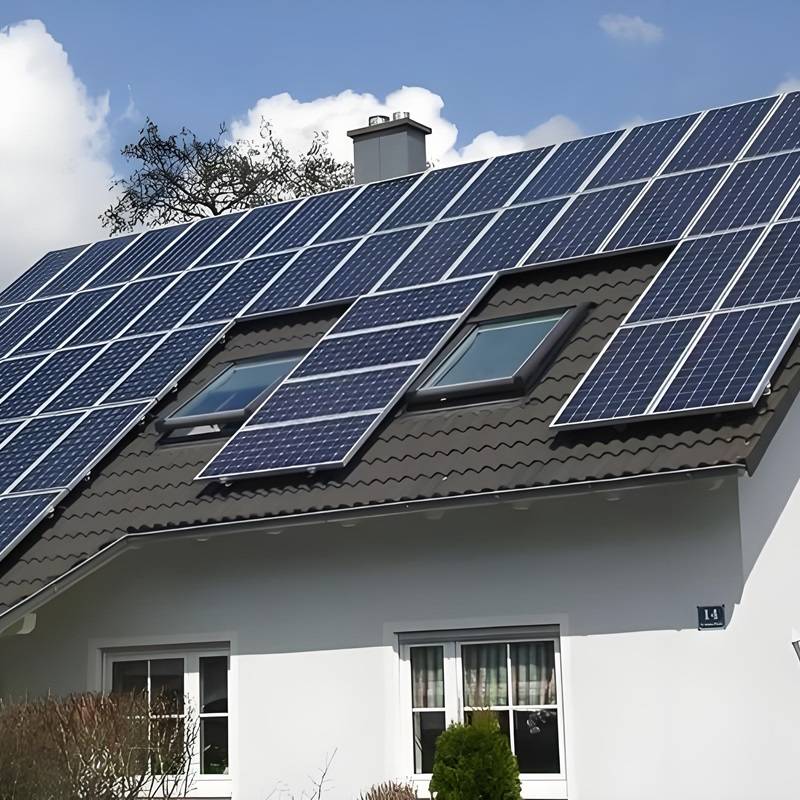Solar photovoltaic power generation also has its shortcomings and disadvantages, which can be summarized as follows:
(1) Low energy density. Although the total amount of energy from the sun to the earth is extremely huge, due to the large surface area of the earth and the fact that most of the earth's surface is covered by the ocean, the solar energy that can actually reach the land surface is only about 10% of the radiation energy that reaches the earth's range, resulting in less solar energy that can be directly obtained per unit area of land. It is usually expressed as solar irradiance. The highest value on the earth's surface is about 1.2kw·h/m, and it is lower than 1kw·h/m* in most areas and during most sunshine hours. The use of solar energy is actually the collection and utilization of low-density energy.

(2) Large area. Due to the low energy density of solar energy, the photovoltaic power generation system will occupy a large area. Every 10kw photovoltaic power generation power requires about 60m, and the average power generation power per square meter is 180~200W. With the promotion of distributed photovoltaic power generation and the maturity and development of photovoltaic building integrated power generation technology, more and more photovoltaic power generation systems can use buildings, roofs and facades, gradually improving the disadvantage of large area occupied by photovoltaic power generation systems.
(3) Low conversion efficiency. The most basic unit of photovoltaic power generation is the solar cell module. The conversion efficiency of photovoltaic power generation refers to the ratio of light energy to electrical energy. At present, the highest conversion efficiency of crystalline silicon photovoltaic cells is about 21%, the conversion efficiency of photovoltaic modules is 17%~18%, and the highest conversion efficiency of amorphous silicon photovoltaic modules is no more than 13%. Due to the low photoelectric conversion efficiency, the power density of photovoltaic power generation systems is low, making it difficult to form high-power power generation systems.

(4) The manufacturing process of crystalline silicon cells is highly polluting and energy-intensive. The main raw material of crystalline silicon cells is pure silicon. Silicon is the second most abundant element on earth after oxygen, and its main form is sand (silicon dioxide). From sand to pure silicon with a content of more than 99.9999%, it has to go through multiple chemical and physical processes, which not only consumes a lot of energy but also causes certain environmental pollution.